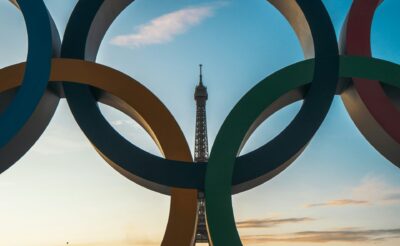Why did you decide to become a fashion historian?
Fashion history is something that’s always interested me, from the time I was a little kid sewing copies of clothes in 18th Century paintings for my Barbie dolls. But it wasn’t until my senior year of college that I took a history class dealing with material culture and realised it could be a job rather than a quirky hobby.
What’s an average working day like for you?
It varies so much! That’s one of the things I love about it. It’s a lot of research, a lot of writing, a lot of packing and unpacking and dressing. Photo shoots. Travel. Conferences. Making acquisitions. Reviewing books and exhibitions. Editing books and articles. Working with students. Because I have young kids, I now work on an entirely freelance basis, and I jump from project to project. But even in a full-time museum job, no two days are alike.
Is there a particular fashion era that particularly captivates you?
18th Century Europe will always be my favorite — it’s so over-the-top, and it represents the height of handcrafting, before everything became mechanised. Plus, it was a time of dramatic social and political change, which was reflected in fashion.
Similarly, is there a designer whose work really speaks to you?
I’m obsessed with Chester Weinberg, a little-known American designer who was active in the 1960s and 70s. I get giddy whenever I meet someone else who’s heard of him!
What would your advice be to others interested in becoming fashion historians?
Get as much experience working with historic clothing as possible. Most jobs also require a graduate degree, but there is no substitute for hands-on learning. Also, there are a lot of bad fashion history books out there — or maybe I should say ‘shallow’ rather than bad. If you are serious about studying fashion history, you need to read serious scholarship and avoid coffee-table books.
How important do you think it is for us to preserve and document our fashion history?
It’s crucial, especially for understanding women’s history, which is underrepresented in more traditional museum collections. Unfortunately, the mass-produced clothes we wear today are very fragile compared to historic garments, which were handwoven out of natural fibres. They’re going to be difficult — and expensive — to preserve.
In your career what has been the most impressive or cherished piece you have come across?
That’s so hard to answer! Objects can be incredibly evocative, and many of the pieces that have affected me the most are far from impressive — they’re literally in shreds, like the first Marie-Antoinette dress I ever examined, in the Museum of London. A few that come to mind that I’ve had the opportunity to see in person are the Medici grave clothes in the Palazzo Pitti, the wedding gown of Princess Hedvig Elizabeth Charlotte in the Livrustkammaren, and the pourpoint of Charles de Blois in the Musee Historique des Tissus.
Does your occupation influence your personal style at all, if so how?
Definitely! My wardrobe is old-fashioned in many ways — I seek out natural fibres, and I’m always in a dress or skirt. I don’t wear vintage, but many of my clothes are vintage-looking, and I do wear vintage costume jewelry. But more than what I wear is how I think about clothes. Consciously or unconsciously, we use them to communicate. We all judge by appearances, and that’s not necessarily a bad thing.




